Related Research Articles

Eldred Gregory Peck was an American actor and one of the most popular film stars from the 1940s to the 1970s. In 1999, the American Film Institute named Peck the 12th-greatest male star of Classic Hollywood Cinema.

Lust for Life is a 1956 American biographical film about the life of the Dutch painter Vincent van Gogh, based on the 1934 novel of the same title by Irving Stone which was adapted for the screen by Norman Corwin.

Robert Francis Vaughn was an American actor and political activist, whose career in film, television and theatre spanned nearly six decades. He was a Primetime Emmy Award winner, a four-time Golden Globe Award, an Academy Award, and a BAFTA Award nominee.
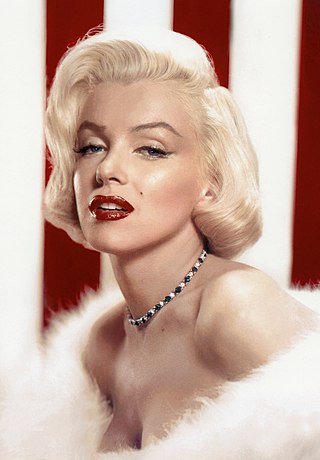
Photoplay was one of the first American film fan magazines. It was founded in 1911 in Chicago, the same year that J. Stuart Blackton founded Motion Picture Story, a magazine also directed at fans. For most of its run, Photoplay was published by Macfadden Publications. In 1921 Photoplay established what is considered the first significant annual movie award. The magazine ceased publication in 1980.

Dorothy Malone was an American actress. Her film career began in 1943, and in her early years, she played small roles, mainly in B-movies, with the exception of a supporting role in The Big Sleep (1946). After a decade, she changed her image, particularly after her role in Written on the Wind (1956), for which she won the Oscar for Best Supporting Actress.
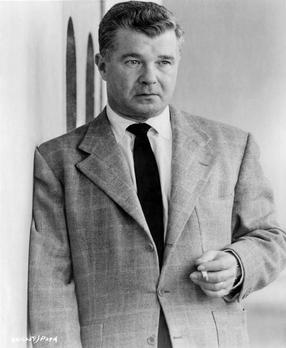
Robert Rossen was an American screenwriter, film director, and producer whose film career spanned almost three decades.

Turner Classic Movies (TCM) is an American movie-oriented pay-TV network owned by Warner Bros. Discovery. Launched in 1994, Turner Classic Movies is headquartered at Turner's Techwood broadcasting campus in the Midtown business district of Atlanta, Georgia.
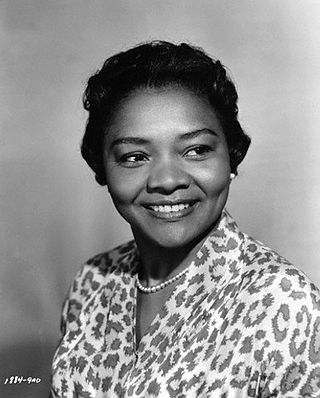
Juanita Moore was an American film, television, and stage actress.

Barbara Hale was an American actress who portrayed legal secretary Della Street in the dramatic television series Perry Mason (1957–1966), earning her a 1959 Emmy Award for Outstanding Supporting Actress in a Drama Series. She reprised the role in 30 Perry Mason made-for-television movies (1985–1995).
The Ken Burns effect is a type of panning and zooming effect used in film and video production from non-consecutive still images. The name derives from extensive use of the technique by American documentarian Ken Burns. This technique had also been used to produce animatics, simple animated mockups used to previsualize motion pictures, but Burns's name has become associated with the effect in much the same way as Alfred Hitchcock is associated with the dolly zoom.
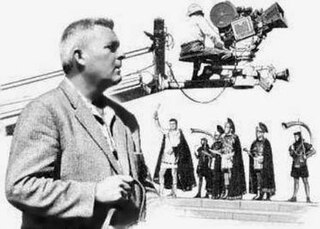
Russell Metty, A.S.C. was an American cinematographer who won the Academy Award for Best Cinematography, Color, for the 1960 film Spartacus.
Helen Keller in Her Story is a 1954 American biographical documentary about Helen Keller.
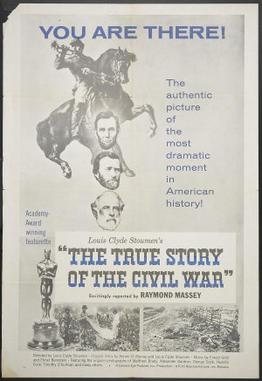
The True Story of the Civil War is a 1956 American short documentary film directed by Louis Clyde Stoumen.
Louis Clyde Stoumen, known as Lou Stoumen, was an American photographer, film director and producer. He won two Academy Awards; the first in 1957 for Best Documentary Short Subject, and the second in 1963 for Best Documentary Feature.
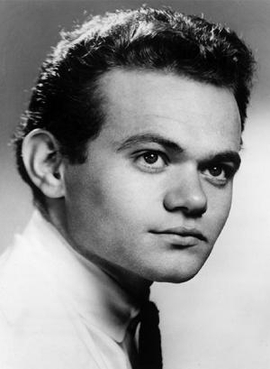
David Winters was an English-born American actor, dancer, choreographer, producer, distributor, director and screenwriter. At a young age, he acted in film and television projects such as Lux Video Theatre,Naked City; Mister Peepers,Rock, Rock, Rock, and Roogie's Bump. He received some attention in Broadway musicals for his roles in West Side Story (1957) and Gypsy (1959). In the film adaptation of West Side Story (1961) he was one of the few to be re-cast. It became the highest grossing motion picture of that year, and won 10 Academy Awards, including Best Picture.

On the Bowery is a 1956 American docufiction film directed by Lionel Rogosin. The film, Rogosin's first feature was nominated for an Academy Award for Best Documentary Feature Film.

Audrey Hepburn was a British actress who had an extensive career in film, television, and on the stage from 1948 to 1993. Considered by some to be one of the most beautiful women of all time, she was ranked as the third greatest screen legend in American cinema by the American Film Institute. Hepburn is also remembered as both a film and style icon. Her debut was as a flight stewardess in the 1948 Dutch film Dutch in Seven Lessons. Hepburn then performed on the British stage as a chorus girl in the musicals High Button Shoes (1948), and Sauce Tartare (1949). Two years later, she made her Broadway debut as the title character in the play Gigi. Hepburn's Hollywood debut as a runaway princess in William Wyler's Roman Holiday (1953), opposite Gregory Peck, made her a star. For her performance, she received the Academy Award for Best Actress, the BAFTA Award for Best British Actress, and the Golden Globe Award for Best Actress in a Motion Picture – Drama. In 1954, she played a chauffeur's daughter caught in a love triangle in Billy Wilder's romantic comedy Sabrina, opposite Humphrey Bogart and William Holden. In the same year, Hepburn garnered the Tony Award for Best Actress in a Play for portraying the titular water nymph in the play Ondine.
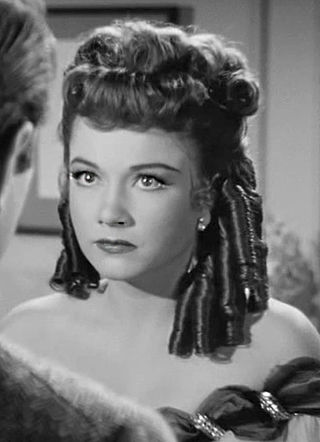
Anne Baxter (1923–1985) was an American actress who had an extensive career in film, television, and on stage. She made her acting debut at the age of 13 on stage in the Broadway play Seen, But Not Heard in 1936. Four years later, Baxter starred in her first feature film, the western 20 Mule Team (1940). She appeared in Orson Welles' period drama The Magnificent Ambersons (1942), with Joseph Cotten and Dolores Costello, and followed this with a lead role in Billy Wilder's Five Graves to Cairo (1943). In 1946, she starred as a young woman suffering from alcoholism in the drama The Razor's Edge, for which she won the Academy Award for Best Supporting Actress. Two years later, Baxter appeared with Gregory Peck in the western Yellow Sky.
A still image film, also called a picture movie, is a film that consists primarily or entirely of still images rather than consecutive still images in succession, forgoing the illusion of motion either for aesthetic or practical reasons. These films usually include a standard soundtrack, similar to what is found in typical sound films, complete with music, sound effects, dialogue or narration. They may also use various editing techniques found in traditional films, such as dissolves, zooms, and panning.
References
- ↑ Turner Classic Movies
- ↑ A.V. Club
- ↑ Turner Classic Movies
- ↑ “Television Mailbag.” New York Times, 2 July 1961.
- ↑ "NY Times: The Naked Eye". Movies & TV Dept. The New York Times . 2010. Archived from the original on October 12, 2010. Retrieved November 8, 2008.
- ↑ "The 29th Academy Awards (1957) Nominees and Winners". oscars.org. Retrieved May 31, 2019.